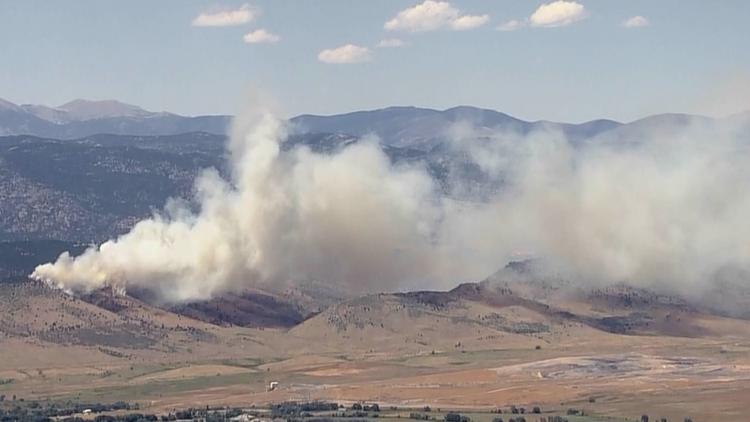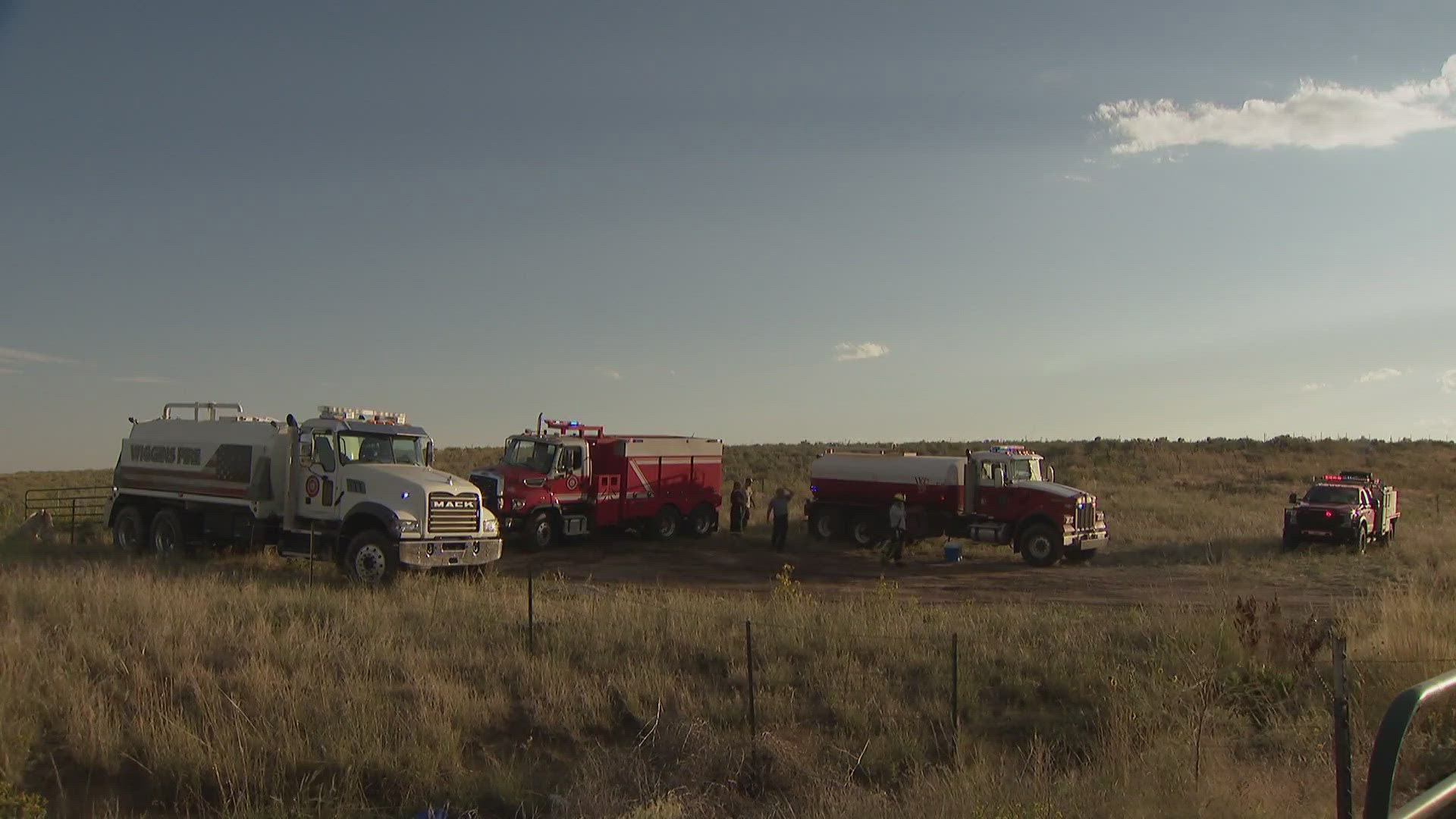JEFFERSON COUNTY, Colo. — As three wildfires rage in three separate counties, hundreds of residents have had to evacuate their homes.
Urban interface wildfires are becoming more common in Colorado and especially along the Front Range.
Residents living in wildfire zones will receive one of the following notices/orders:
- Pre-evacuation notice: There is a hazard in the area that may require you to evacuate in the near future. Everyone should be prepared to leave at a moment’s notice. If you feel like you're in danger and want to leave, do so. If you need additional time to evacuate, you should consider leaving now. If you need to arrange for transportation assistance, you should do so immediately. If you have livestock or other large animals, you should consider removing them from the hazard area now.
- Voluntary evacuation order: This is a recommendation for residents to leave an area for their safety, but it is not legally enforceable. It is issued when there is a hazard in the area that may require evacuation in the near future.
- Mandatory evacuation order: There is a hazard, and you have been ordered to evacuate immediately.
Emergency officials recommend residents having a 'go bag' ready for each person in their family whenever dangerous weather or other life-threatening situations are forecasted. Medications and important documents should also be taken as residents evacuate.
People with pets who are ordered to evacuate need to also have a plan in place for their animals.
More information about what's needed during evacuations can be found here.



